Matcha’s popularity has skyrocketed lately owing to its proven health benefits and its appealing versatility. You can whip up your own matcha smoothies, yogurts, lattes, teas, and shots at home. But that’s not all. Matcha desserts like cheesecakes, macarons, ice creams, and panna cottas are appearing everywhere—from social media to coffee shops. Owing to its increasing popularity and demand, everyone’s trying to cash in on the matcha craze. But what is this ingredient, really? And what do we have to watch out for when consuming it?
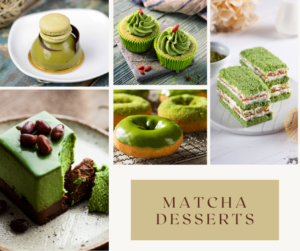
What is Matcha?
Matcha comes from the Camellia sinensis plant, which is traditionally cultivated in certain parts of Asia. It is popularly known as a high-grade powdered green tea, and the best matcha comes from Japan. Unlike other generic green teas, matcha has a much greater quantity of antioxidants and caffeine (since it is made from the entire tea leaf). It is also believed to have a number of health benefits, such as helping to promote liver and heart health, boosting brain function, and contributing to weight loss.
What kind of Matcha should you Buy?
Ideally, matcha should be a finely powdered vivid green, easily whisked to produce a frothy, vibrant liquid. Matcha is available in a variety of grades, each with its particular function and price. The cheapest matcha is culinary grade matcha, which is used to flavour desserts and other dishes. Premium matcha is used for daily consumption and is often served at social gatherings, whereas ceremonial matcha (the most expensive and finest quality matcha) is reserved for highly formal tea ceremonies.
When buying matcha, it is important to ensure that the matcha is imported from Japan and not China. This is because even though the Chinese variety may be significantly cheaper than the Japanese one, it often contains hazardous levels of pesticides and prohibited substances in addition to being adulterated with food dyes and other toxic chemicals.
Caveat Emptor!
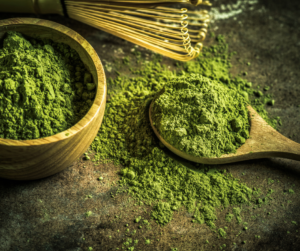
#1. Contaminated matcha: Drinking lead-contaminated matcha tea is one of the most common blunders matcha enthusiasts make. This can happen when you purchase untested or low-quality matcha blends grown in China. It is important to be cautious about where we get our matcha from, because 32% of Chinese blends violate the USDA limit. It is better to buy from reputed brands and use a paper filter to reduce the quantity of lead that passes through into your cup to avoid excessive lead consumption.
#2. Untested and non-certified matcha: Another typical mistake consumers make is purchasing non-certified matcha. A Greenpeace study found that 12 of the 18 samples of green tea tested were contaminated with pesticides which are considered to be detrimental to health, and could harm the foetus or potentially cause genetic abnormalities. Since Japan is far stricter in terms of testing and regulating the matcha industry, Japanese matcha is far less likely to cause the problems that Chinese varieties do, and is therefore preferred.
#3. Matcha mixed with other substances: In an attempt to buy cheaper matcha, people often fall prey to brands selling powders that contain less than 100% matcha. This matcha is mixed with other substances like rice and sugar to increase the overall weight of the powder. A common ingredient found in adulterated matcha is maltodextrin, which is a low-calorie sweetener that increases the product’s weight. This results in consumers missing out on the goodness of pure matcha, and they end up consuming empty calories.
In Short
There are four important points to keep in mind when buying matcha—origin, colour, price, and texture.
- Origin: It is always advisable to buy and consume matcha that originates from Japan. Matcha blends from other regions are just pale imitations of Japanese matcha, and are bound to be of poor quality and full of contaminants. Japan’s unique climate and terroir is ideal for matcha cultivation.
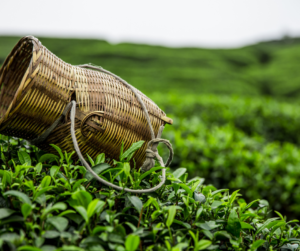
- Colour: A very unique technique is used to make matcha that requires the leaves to be shaded for three weeks prior to harvest in order to create chlorophyll. This process results in matcha’s distinctive brilliant green hue. If the leaves haven’t been shaded adequately, or worse, if they are from a previous harvest, or are picked from the lower part of the plant rather than from the top, this will be reflected in the colour. The hue is visible both in the dry powder and after it has been whisked. If the colour of the matcha powder is yellowish, brown, or dull in appearance, the matcha is old, of a lower grade, or may even be adulterated.
- Price: Owing to the techniques involved in its production and its many benefits, matcha is usually expensive. Around two ounces of premium grade matcha are usually sold for anywhere between $25 to $35. Sellers consistently offering matcha at rock-bottom prices are best avoided, barring the occasional lowered price during a sale.
- Texture: High-grade matcha should have a velvety texture, be as fine as talcum powder, and shouldn’t be gritty or coarse.
So, before you join in on the matcha craze, make sure you’re getting the most out of your morning cup. Source your matcha from the right places, and beware of malpractices in the matcha industry. Pure matcha and matcha drinkers are a match made in heaven!
 Food Manifest
Food Manifest 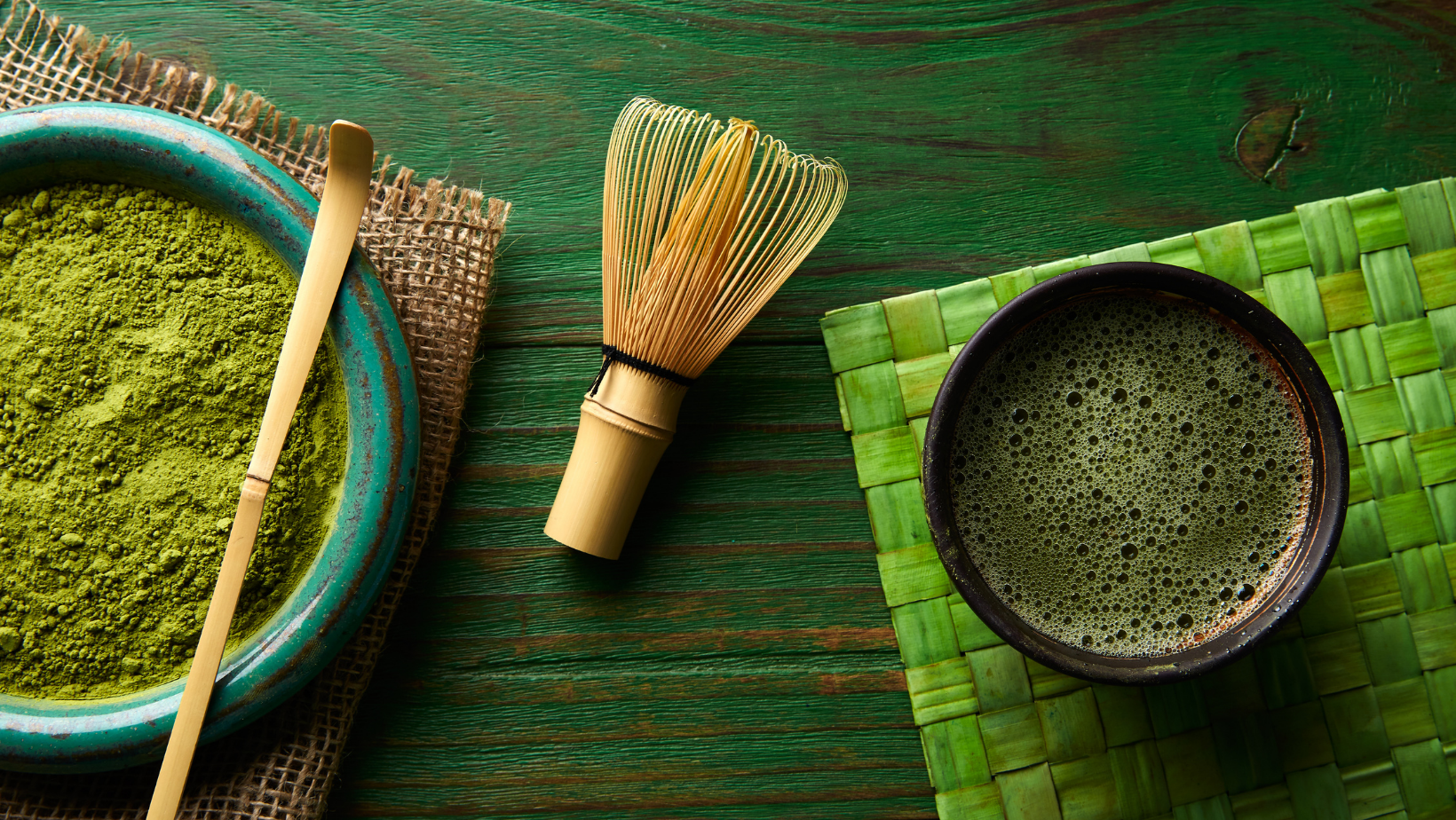

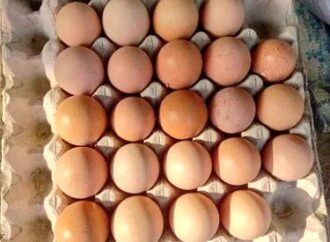
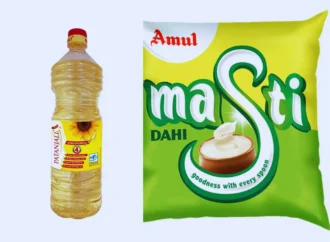
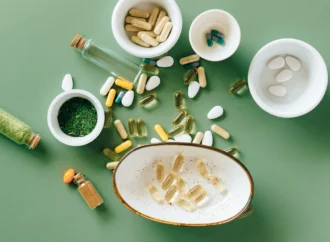
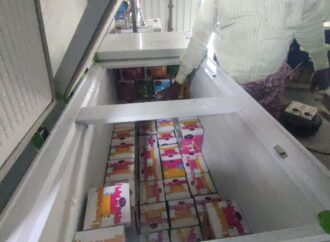









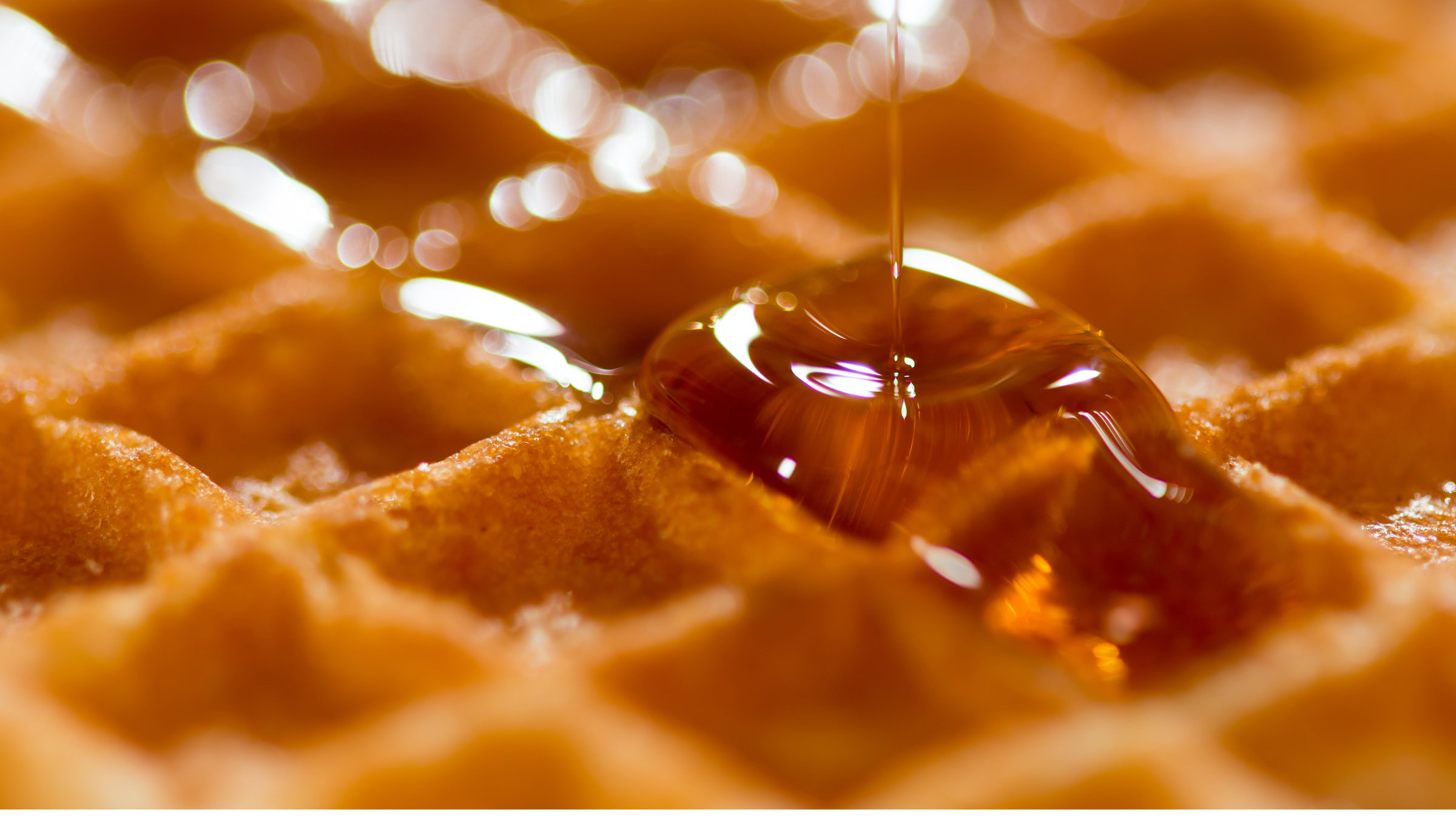

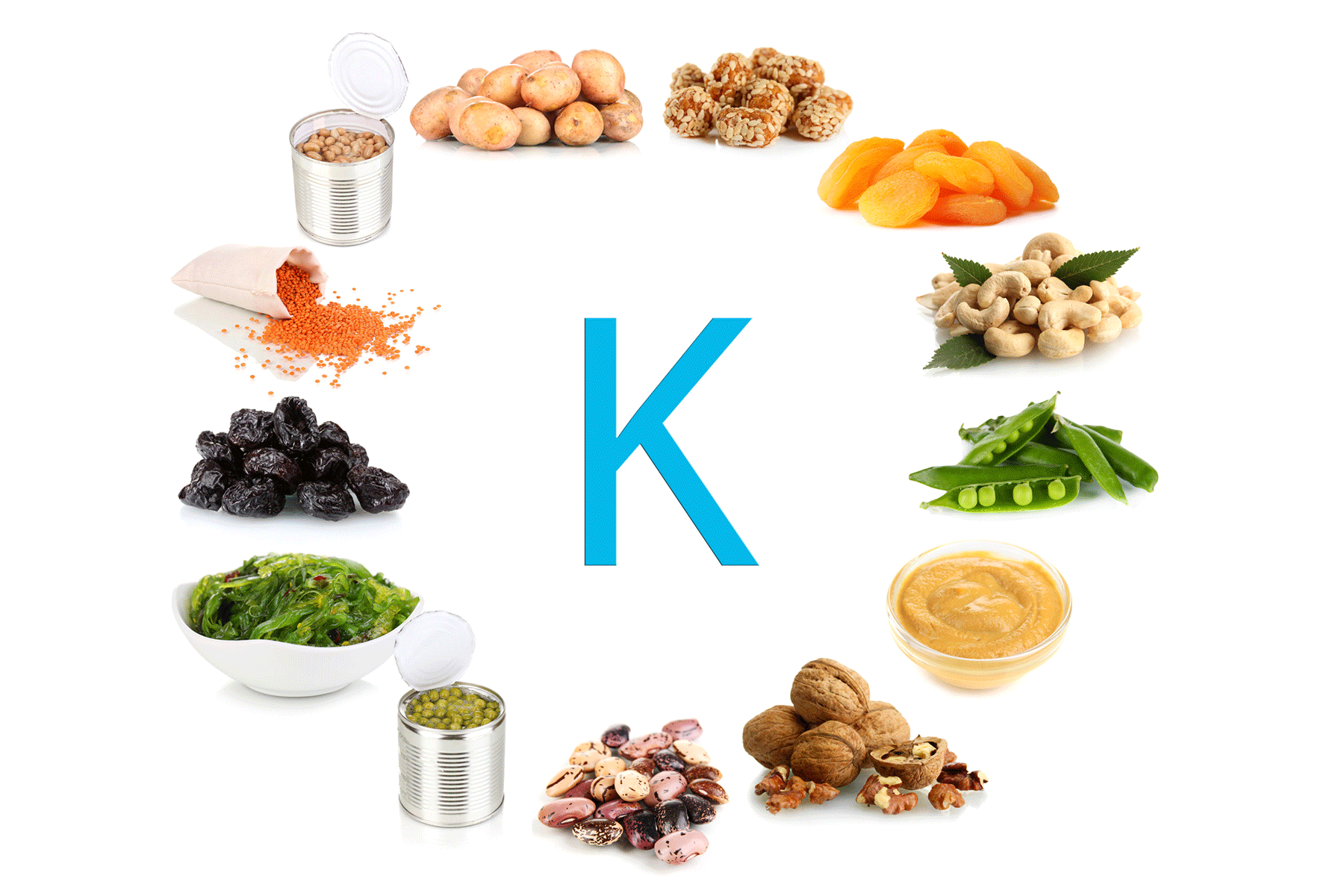


Leave a Comment
Your email address will not be published. Required fields are marked with *